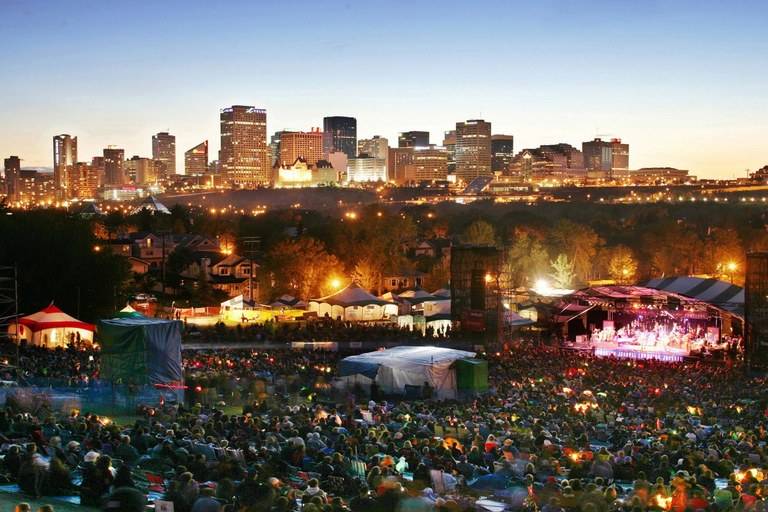The Edmonton International Fringe Theatre Festival is back — and bigger than ever — with a record-breaking lineup of more than 200 performances scheduled across the city. The festival, now in its 43rd year, transforms Old Strathcona into a vibrant stage where artists, musicians, and street performers fill every corner with creativity and energy. Organizers say this year’s expansion reflects both the resilience of the arts community and the appetite for live performance after several challenging seasons.
Artistic director Megan Wong attributes the surge in programming to a renewed sense of optimism. “After two years of uncertainty, artists were eager to return, and audiences were ready to embrace them,” she said. “We’ve never had this many applications, and it’s been incredible to see the diversity of talent on display.” Performances range from thought-provoking dramas and stand-up comedy to experimental dance and immersive multimedia experiences.
One of the festival’s standout productions is Prairie Skies, a locally written play that explores life in rural Alberta through a mix of storytelling and live folk music. Another highlight is a troupe from Montreal bringing Les Rues Vivantes, an acrobatic street performance that has already garnered standing ovations during its preview shows. The variety ensures there’s something for every taste and age group.
The festival isn’t confined to traditional theatre spaces. Dozens of pop-up venues have sprung up in cafes, parks, and even converted alleyways, giving audiences unexpected settings to enjoy the arts. Street performers, from jugglers to fire dancers, line Whyte Avenue, drawing crowds who may end up staying for multiple shows. The open, accessible format remains one of the Fringe’s greatest strengths, according to long-time attendees.
For many artists, the Fringe serves as both a testing ground and a launching pad. “This is where you can try something bold without fear of failure,” said local playwright Hannah Miller, whose new comedy Garage Sale makes its debut this year. “The audience comes here expecting experimentation, and that’s incredibly freeing.”
The economic impact of the festival is also significant. Hotels and restaurants in Old Strathcona report a surge in bookings and sales, while local artisans benefit from increased foot traffic at vendor stalls. According to Tourism Edmonton, last year’s festival generated more than $15 million in direct spending, a figure they expect to surpass this year.
Volunteers remain the backbone of the event, helping with everything from ticket sales to crowd control. “We couldn’t do it without them,” said Wong. “Their enthusiasm and dedication create the welcoming atmosphere people associate with the Fringe.” Many volunteers are lifelong participants, returning year after year to reconnect with fellow festival-goers.
Accessibility has been a major focus for 2025, with more shows offering ASL interpretation, relaxed performances for neurodiverse audiences, and improved wheelchair access at key venues. Organizers hope these changes will set a new standard for inclusivity in Canadian arts festivals.
While the Fringe’s primary mission is to showcase creativity, it also serves as a reminder of the cultural vitality of Edmonton. “This city punches above its weight when it comes to the arts,” said Wong. “The Fringe is proof of that — a place where imagination thrives and community bonds grow stronger.”
For newcomers, the advice is simple: come with an open mind and a flexible schedule. With hundreds of performances to choose from, the real joy is often in stumbling upon something unexpected. And for those who’ve attended for decades, this year’s record-breaking festival is a testament to the enduring magic of live performance in Edmonton.
As the final curtain falls later this month, organizers are already looking ahead to the future. If this year is any indication, the Edmonton Fringe is poised to keep growing — and inspiring — for many more seasons to come.
